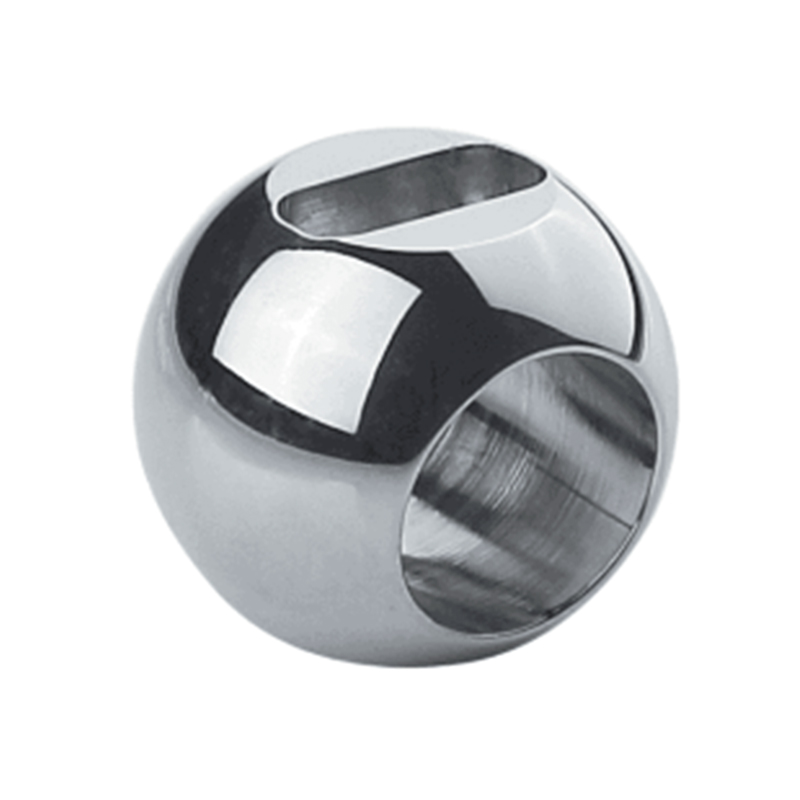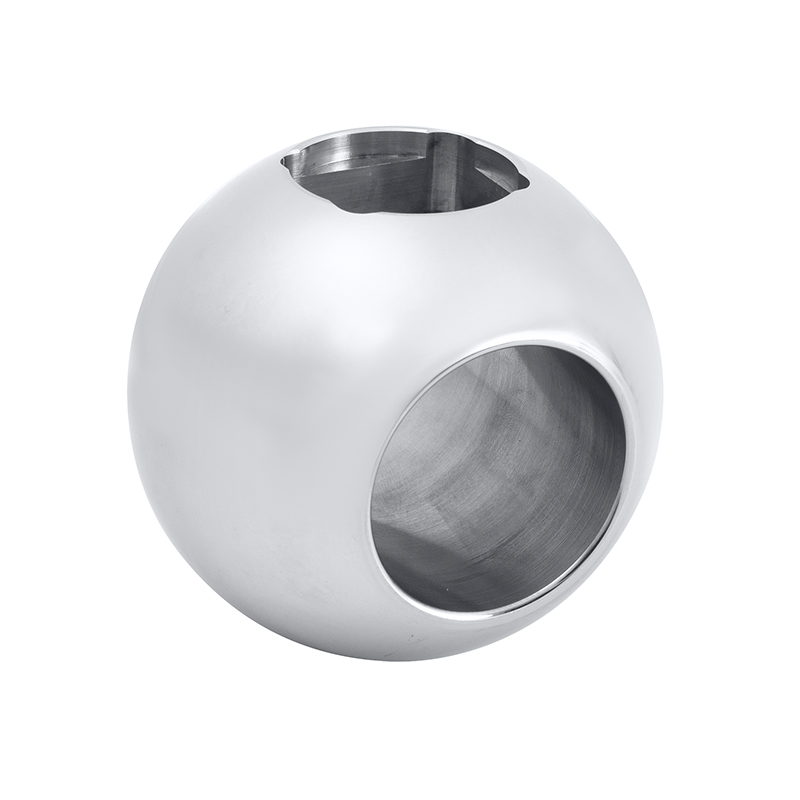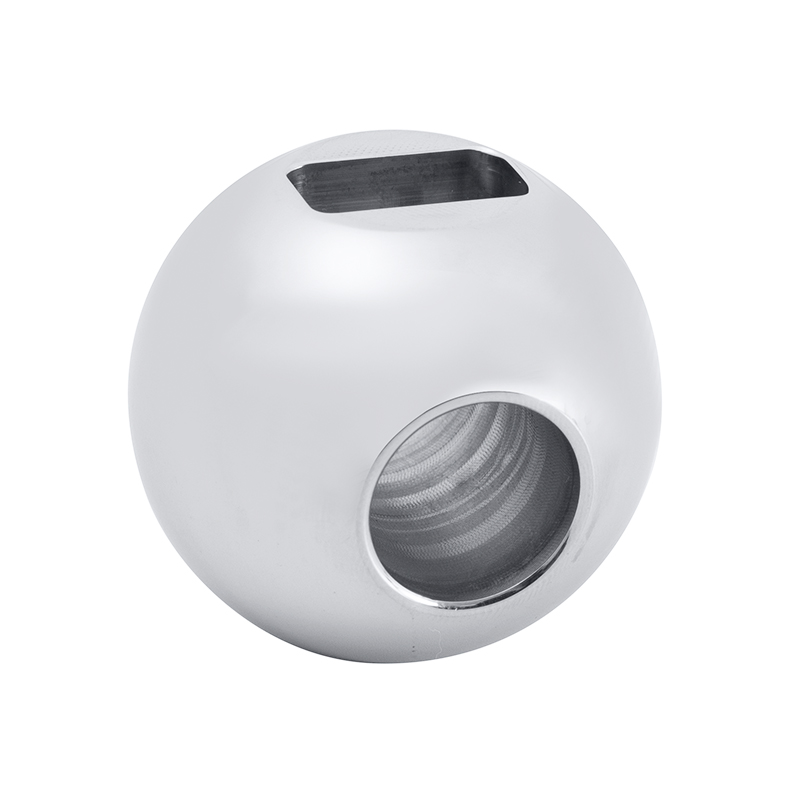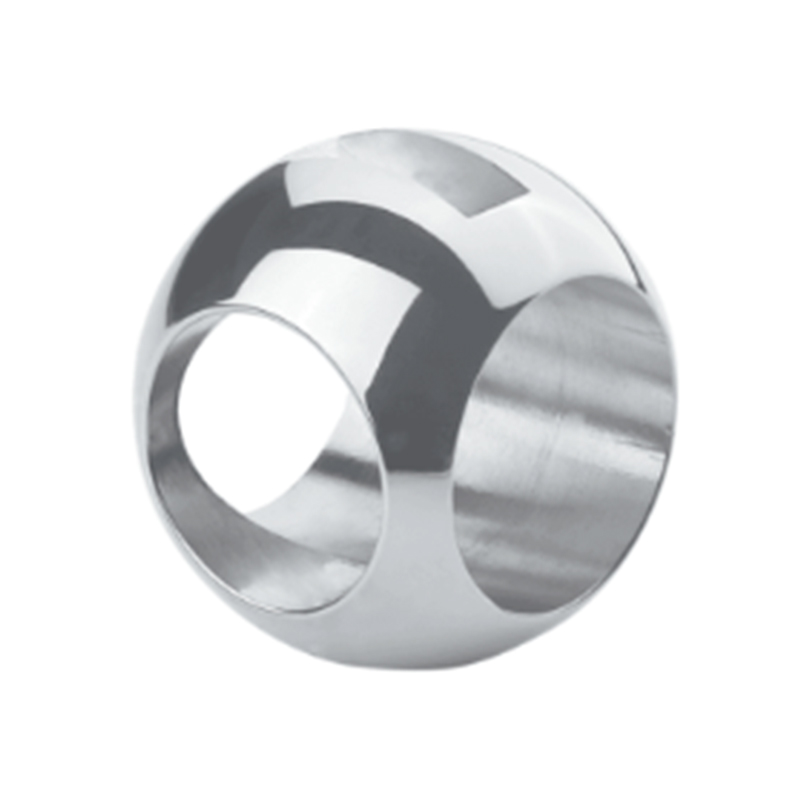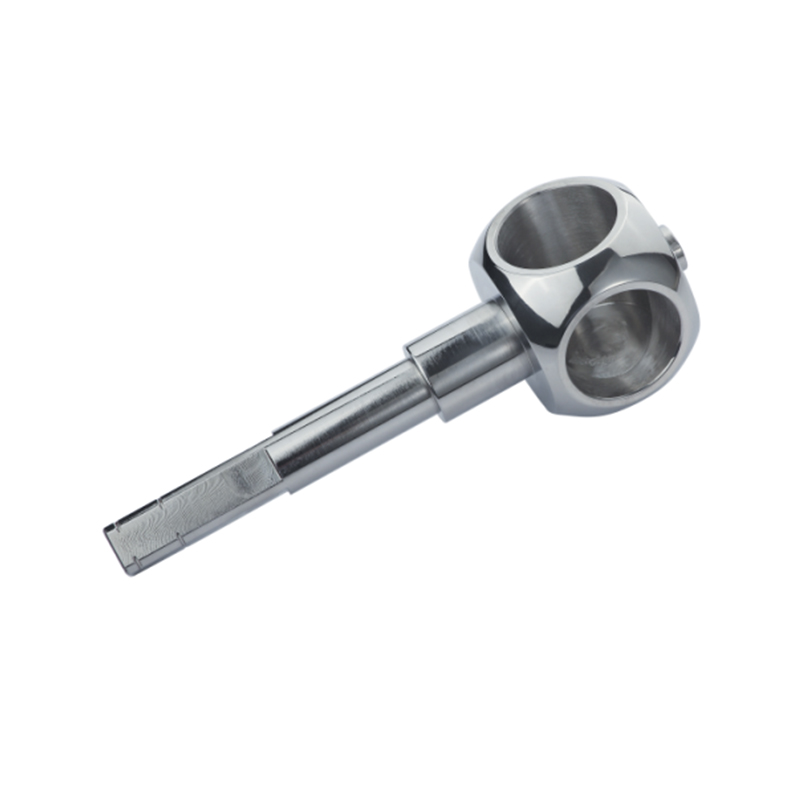Valve ball failure can advance to serious performance issues in fluid systems, from leakage and pressure drops to total system breakdown. Whether dealing with a 3 way SS ball valve in industrial applications or a sump pump ball valve in residential or commercial drainage systems, understanding the root causes of valve failure and implementing preventive measures is essential for long-term efficiency and reliability.
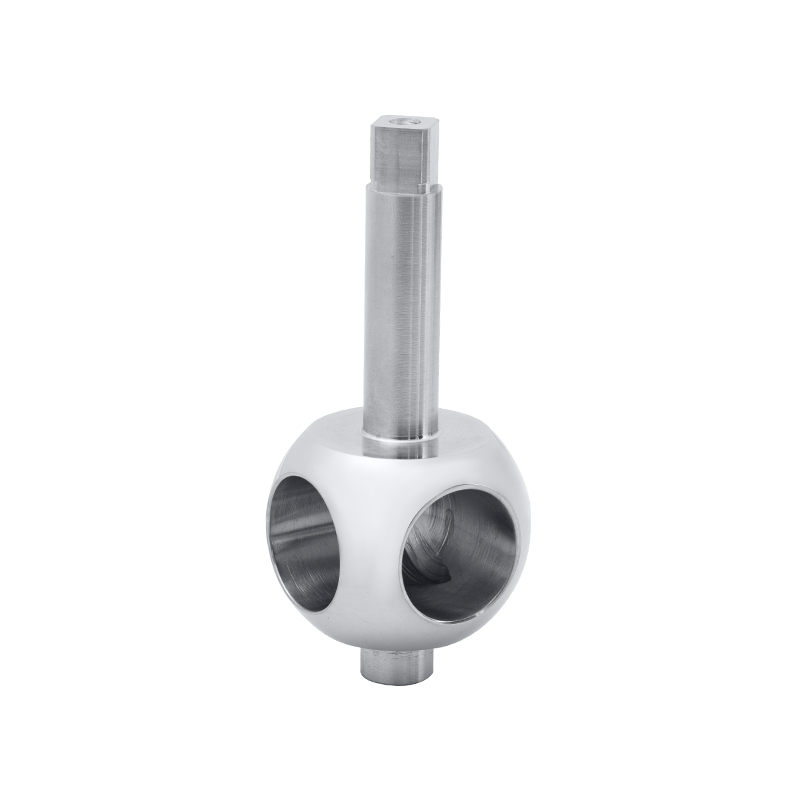
Common Causes of Valve Ball Failure
1. Corrosion and Material Incompatibility
One of the more frequent causes of valve ball failure is corrosion. In aggressive chemical environments or applications involving saltwater or acidic substances, materials like stainless steel can degrade over time. For instance, a 3 way SS ball valve used in a harsh chemical environment may suffer from pitting or crevice corrosion if not made from an appropriate stainless steel grade. Similarly, sump pump ball valves are exposed to wastewater containing contaminants and debris, which can advance to material fatigue or rusting if not properly maintained.
How to Avoid It:
Ensure the valve material matches the media it will be exposed to. Grades like 316 stainless steel offer better corrosion resistance than 304 in many applications. Regular flushing of sump pump systems can also help less chemical buildup and reduce corrosion risks.
2. Improper Installation
Incorrect installation techniques can damage the valve ball, stem, or seats. Misaligned piping can cause uneven pressure distribution and stress on the ball mechanism, while over-tightening may damage the seals or threads.
How to Avoid It:
Follow manufacturer's installation guidelines closely. Make sure all connected pipes are aligned and supported properly to avoid placing additional strain on the valve. When installing a 3-way SS ball valve, ensure the flow direction matches the port configuration. In sump pump systems, verify that the sump pump ball valve is installed in a vertical orientation, as many are designed to work with gravity-assisted sealing.
3. Abrasive or Dirty Media
In environments where the fluid contains particulates, sediment, or sludge, these materials can scratch or embed into the valve ball and seats. Over time, this can advance to erosion, reduced sealing capability, and eventual leakage.
How to Avoid It:
Install appropriate filters or strainers upstream of the valve to reduce debris. Regular maintenance checks and cleaning schedules should be established, especially for sump pump ball valves that handle dirty or untreated water.
4. Thermal Expansion and Temperature Bads
Valve balls and seals are subject to thermal expansion and contraction, which can compromise sealing performance. Sudden temperature fluctuations may cause cracking or warping, especially in plastic components often found in lower-cost valves.
How to Avoid It:
Choose valves rated for the full range of operating temperatures. 3 way SS ball valves, known for their durability, should still be checked for compatibility with bad temperatures if used in heating or cooling systems. In cold climates, sump pump ball valves should be insulated or equipped with freeze protection to avoid cracking from ice formation.
5. Seal Degradation
Seals inside ball valves are typically made from materials like PTFE (Teflon) or EPDM. These can degrade over time due to chemical attack, heat, or mechanical wear. When seals fail, the valve can no longer maintain a leak-proof closure, resulting in system inefficiency.
How to Avoid It:
Schedule periodic inspection and replacement of seals, especially in systems exposed to fluctuating temperatures or chemical media. For a 3 way SS ball valve, consider seal material upgrades if the standard options show signs of early wear. In sump pump ball valves, monitor for backflow or leakage that may indicate seal damage.
6. Incorrect Valve Selection
Using the wrong type of valve for a specific application often advances to premature failure. For example, selecting a standard 2-way valve in a system requiring flow diversion can cause issues with system flow dynamics.
How to Avoid It:
Evaluate system requirements carefully before selecting a valve. A 3 way SS ball valve is designed to redirect flow in different directions and should be used in systems requiring more than simple open/close functionality. A sump pump ball valve must allow for unidirectional flow and prevent reverse flow, so using a valve with proper check valve functionality is critical.
Valve ball failure is a preventable problem when users are aware of the potential causes and implement ideal practices for installation, maintenance, and system design. Both 3 way SS ball valves and sump pump ball valves play crucial roles in fluid control systems, and ensuring their long-term reliability depends on proactive care. Proper material selection, routine maintenance, correct installation, and using the right valve for the job can extend service life and maintain efficient system operation.

 English
English Español
Español Deutsch
Deutsch
